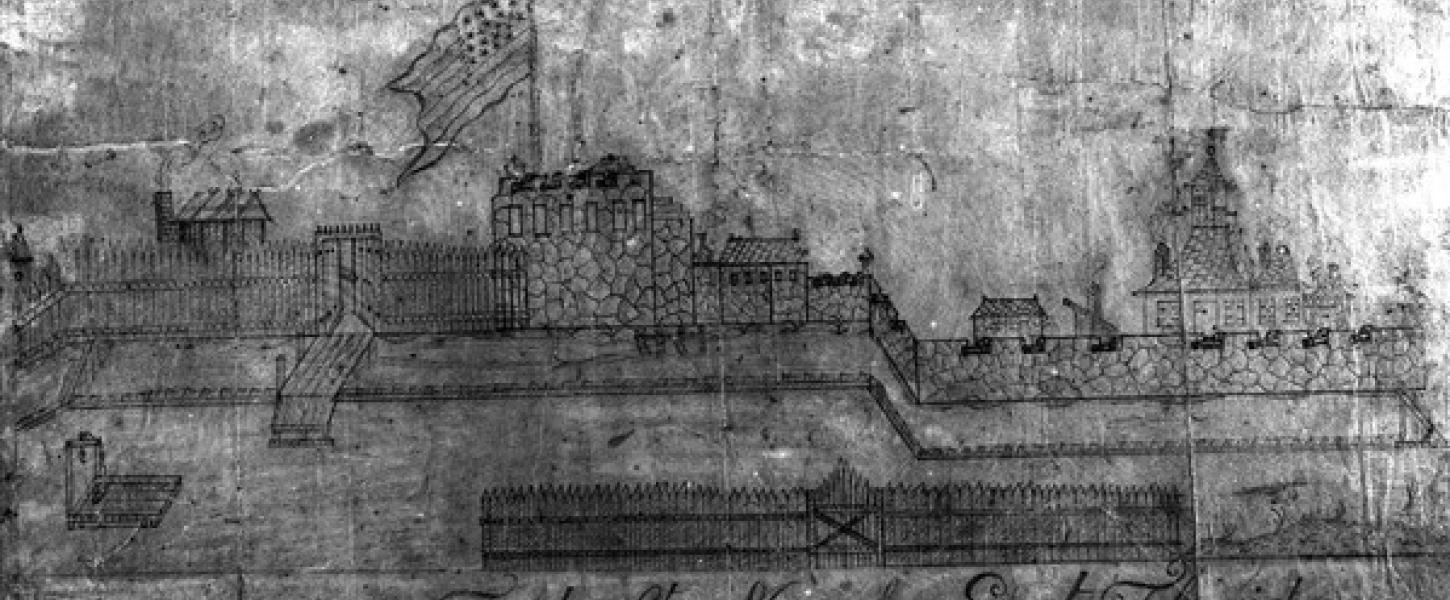
Fort San Marcos de Apalache History

The original construction of Fort San Marcos de Apalache in 1679 included use of logs coated with lime to give it the look of stone. This original fort stood until 1681, then was burned and and subsequently looted by pirates.
In 1719, Spanish Captain Jose Primo de Ribera arrived and oversaw construction of a second wooden fort also named Fort San Marcos de Apalache.
Eventually, in 1739 construction began on a new fort but this time it was made of real stone. As a result of the Seven Year War, less than half of the fort was finished when it was turned over to the English in 1763. Fortunately for Spain, in 1787 they regained control of it, this time occupying it for 13 more years.
In 1800, former British officer William Bowles tried to unify and lead 400 Creek Indians against the Spanish, eventually capturing San Marcos. A Spanish flotilla arrived five weeks later and re-assumed control of the fort.
In 1818, General Andrew Jackson invaded the territory and briefly took possession of it.
In 1821, Florida was ceded to the United States and troops occupied the fort for only three years before abandoning it by turning it over to the Territory of Florida.
By 1839, the fort was returned to the United States, and 18 years later a federal marine hospital was built there using stones from the Spanish fort. The hospital provided care for many victims of yellow fever.
The final confrontation at San Marcos happened in 1861 when the Confederates occupied the fort, renaming it Fort Ward. From that time a Union squadron blockaded the mouth of the St. Marks River until 1865 when the Battle of Natural Bridge stopped the Union forces that intended to take it.
For 100 years after the end of the Civil War, the San Marcos de Apalache fort site was in private ownership.
In the 1960s, Florida bought the land to turn it into the San Marcos de Apalache Historic State Park. The site was listed on the National Register of Historic Places in 1966, and is also a National Engineering Landmark, and a National Historic Landmark.
